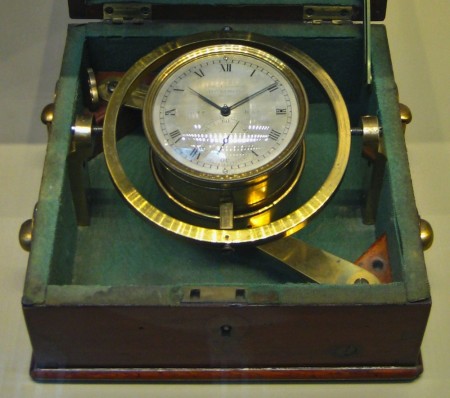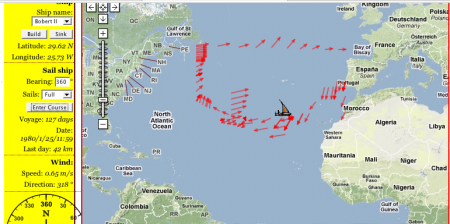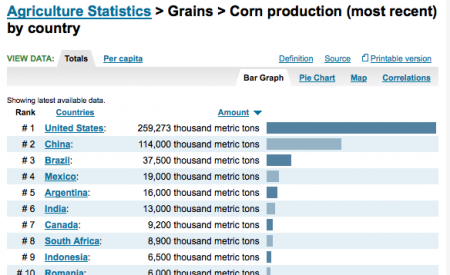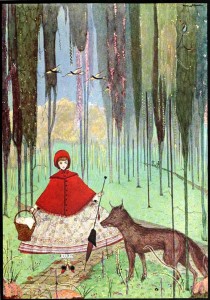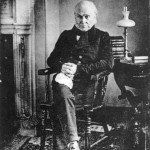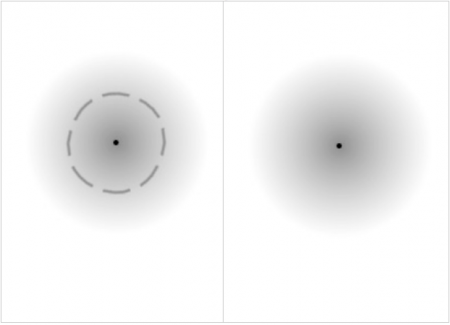
All About Explorers is a wonderful site if you’re interested in talking about the credibility of sources. It looks real, is well organized, well written and could easily pass for credible to the uninitiated. The article on John Cabot starts with:
One might wonder what John Cabot and Christopher Columbus have in common. Both were born in Liverpool, England. Cabot was born in 1405, but his birth certificate was lost at sea and no one knows for sure.
Now, there are more telltale clues that everything is not on the up-and-up, particularly where they mention Cabot’s cartographic exploits on his ”alleged” return to England from growing up in Italy:
In 1484, John Cabot moved back to England with his wife and eleven sons. This was a great career move for John. He developed his own website and became quite famous for his charts and maps depicting a new route to the Far East.
I find sites like these delightful. To think that someone spent the time, energy and intelligence to create this particular little snare, says something wonderful about way the human mind works.
Nicely, the “About This Site” section notes:
All About Explorers was developed by a group of teachers as a means of teaching students about the Internet. … Because we wanted to make a point about finding useless information even in a site which looked at first to be fairly well put together, all of the Explorer biographies here are fictional. While many of the facts are true or based on truth, many inaccuracies, lies, and even downright absurdity are mixed in indiscriminately. As such, it is important that you do not use this site as a source of reference for your own research!
The site also has a set of lessons, handouts and other stuff on its “For Teachers” page.


